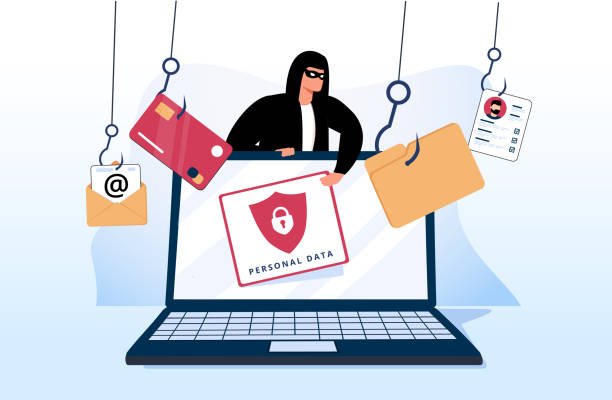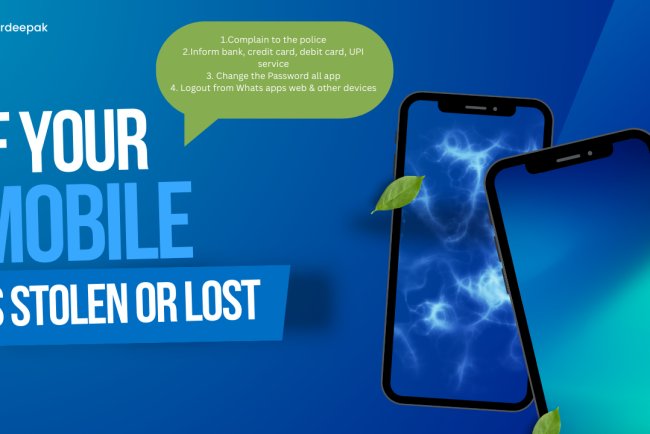Phishing Attack: A Deep Dive into the Cyber Trap
A **phishing attack** is a form of **cybercrime** where criminals pretend to be a trustworthy organization or individual to trick users into sharing personal, sensitive information. The name "phishing" originates from "fishing," since attackers are in effect "casting bait" in the form of spurious emails, websites, or messages, hoping that victims will "bite" by clicking and surrendering their data.
What is a Phishing Attack?
A **phishing attack** is a form of **cybercrime** where criminals pretend to be a trustworthy organization or individual to trick users into sharing personal, sensitive information. The name "phishing" originates from "fishing," since attackers are in effect "casting bait" in the form of spurious emails, websites, or messages, hoping that victims will "bite" by clicking and surrendering their data.
Phishing is not a code-based hacking attack, but a **social engineering method**—it exploits human psychology to get around even top-of-the-line security systems.
Typical Aims of a Phishing Attack
Phishers steal:
* **Login passwords (emails, bank accounts, etc.)**
* **Credit/debit card information**
* **Social Security numbers or Aadhaar numbers**
* **One-Time Passwords (OTP)**
* **Company data or access to internal networks**
This information is used for:
* Financial fraud
* Identity theft
* Unauthorized transactions
* Corporate espionage
* Access to additional accounts (password reuse attack)
Phishing Attacks: How Do They Work?
Step-by-Step Process:
1. **Attacker Preparation:**
* The attacker sends a **spoofed email** that is nearly indistinguishable from genuine emails from known institutions such as your bank, PayPal, Amazon, or even school.
* They also create a **spoof website** that appears like the original one (for example, `www.paypall.com` instead of `www.paypal.com`).
2. **Bait is Sent:**
* They forward this imitation email or message to thousands of users.
* It is often accompanied by urgency or fear such as:
* *"Your account will be shut down in 24 hours!"*
* *"Unusual login detected! Click here to secure your account."*
3. **Victim Tries the Bait:**
* The user clicks on the link, reaches the spoofed site, and fills in their personal information believing it's a valid request.
4. **Information Gets Captured:**
* Entered data goes directly to the attacker.
* Accounts get compromised in seconds.
Real-World Example:
Suppose you get an email from what appears to be your bank, stating:
> "Dear Customer, As there has been some suspicious activity, your account has been secured. You must confirm your information right away."
You click on the link, insert your username and password — but it wasn't your bank. It was a scammer's imitation website.
Types of Phishing Attacks
| Type | Description |
| ------------------ | -------------------------------------------------------------------------------- |
| **Email Phishing** | Bulk emails with malicious links to steal credentials. |
| **Spear Phishing** | Targeted phishing that focuses on a single person (e.g., an employee within HR).
| **Whaling** | Targeting top-level individuals such as CEOs or government officials. |
| **Smishing** | Phishing through **SMS messages**. |
| **Vishing** | Phishing through **voice calls**, posing to be from bank, police, etc. |
| **Clone Phishing** | A genuine email is cloned and edited slightly to contain malicious links. |
✅How to Identify a Phishing Attempt?
* **Spelling errors and bad grammar** in the message
* **Threatening or urgent words**: "Act Now!", "Account suspended!"
* **Mismatched email address**: `service@paypall.com` rather than `@paypal.com`
* **Unwanted attachments**: PDF, ZIP, or EXE attachments
* **Spoofed email URLs**: `http://secure-paypal-login.xyz`
✅ How to Protect Yourself from Phishing?
1. **Never click on unfamiliar or suspicious links.**
2. **Enable multi-factor authentication (2FA)** wherever available.
3. **Regularly update antivirus software and browsers.**
4. **Verify the URL of websites thoroughly before filling in any information.**
5. **Don't send OTPs, passwords, or PINs** even if the request appears authentic.
6. **Use a password manager** instead of typing credentials manually.
7. **Forward suspicious emails** to your company or email provider.
Phishing Impact
* **Financial loss**: Victims directly lose money from bank accounts.
* **Data breaches**: A successful phishing attack in a company can reveal sensitive customer and employee information.
* **Damage to reputation**: People and businesses both lose credibility.
* **Penalties under law**: Data leakage caused by carelessness can attract fines under statutes such as **GDPR** or **IT Act 2000 (India)**.
---
Conclusion:
Phishing is among the oldest, yet most prolific types of cybercrime. As the bad guys get smarter, **vigilance and awareness are our strongest defense**. Always double-check before you click. In the internet space, staying aware is not a choice—it's a must.
Remember: "If it feels too rushed or too good to be true, it likely is a trap."
Follow cyberdeepakyadav.com on
Facebook, Twitter, LinkedIn, Instagram, and YouTube
What's Your Reaction?
























